
When you buy a final product, you rarely ask yourself how long it took to get to the store and buy and then use it. This journey is very long, and few of us know how many processes are involved in the formation of a plastic bucket, window handle, or brass handle.
Making such ordinary things requires time and a multitude of processes – through which the materials need to pass before a finished product can be made from them. However, the process of mass finishing is one of the most important. Therefore, we will present to you some of the latest technological advancements in mass finishing.
Mass Finishing and Its Significance in Production
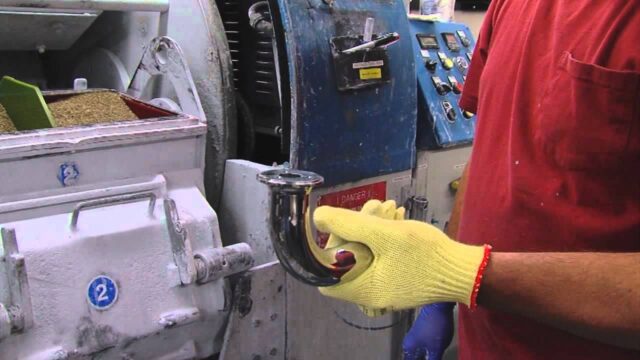
Mass finishing is essentially a term used to describe the scope of processes and procedures by which a wide range of manufactured parts can be processed – to achieve certain surface effects. For all those who are not familiar enough, we will say that mass processing processes refer to certain materials such as plastic, metal, or ceramics.
These materials are used in mass production and their finishing is a very important component for the creation of future products. Of course, given the variety of materials, finishing involves different processing techniques and technologies, using different machines without which the whole process would be impossible. The significance of mass finishing is much greater than we can initially imagine. Nevertheless, several very significant reasons indicate to us the importance of mass finishing.
What Does Material Finishing Mean?
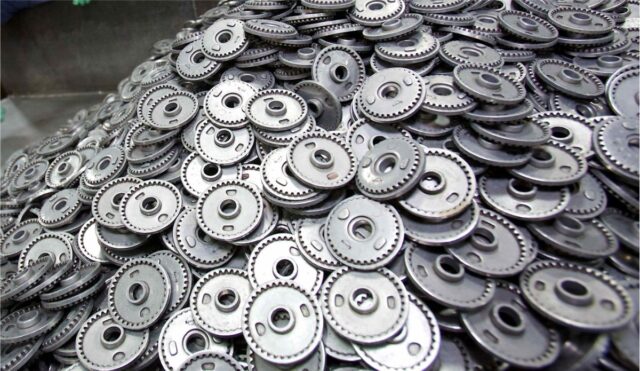
This kind of procedure actually involves a series of processes – that are necessary for obtaining the final product or parts of the product. Its effects can be varied, such as contouring edges, pinching edges, ironing or improving material surfaces, polishing, superfinishing, or micro-finishing. Each of these effects is of great importance in later production.
What is important to note is the fact that thanks to the advancement of modern technology, it has greatly influenced the development and speed of the finishing process. Today, this work is mostly carried out by machines, and we can hardly imagine a modern finish that would be done manually – and without the help of machines and modern technology.
Advanced Technologies In Mass Finishing
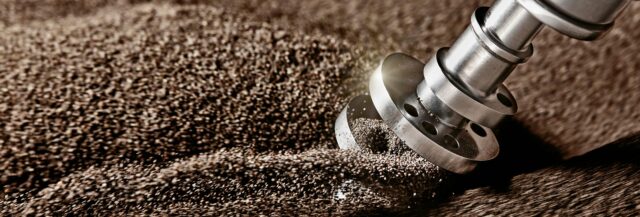
When we talk about advanced materials processing technologies – we mean, of course, machine processing. Machine mass finishing can be divided into basic categories and several different subcategories. What are these categories and how can materials be processed? We’ll try to explain something about it, and for more information, visit here.
Machine Mass Finishing

Through the development and technological progress of society, there is a need for new products, which require new ways of making them. From the first industrial revolution until today, machine tools for the production and processing of materials have changed several times. Despite this, the basic principles remained the same. Machine mass finishing can thus be divided into two categories:
1. Particle separation mass finishing
- using machines with defined tool geometry
- using machines without defined tool geometry
2. Mass finishing without particle separation
- cold forming
- warm design
Mass Finishing Of Materials By Particle Separation
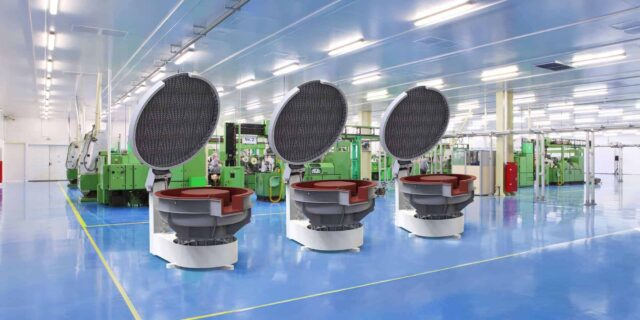
In addition to the previously mentioned two basic categories of material processing by particle separation – machine tools for this type of processing can be divided into tools with the defined blade, without a defined blade, free blade, or tool geometry as previously defined. No matter what kind of machine tool was used, this kind of metal processing reduces the volume of metal – that is processed due to the removal of particles. That is why it is important to choose the optimal technique, for example, cutting.
Processing Techniques Used In Mass Finishing
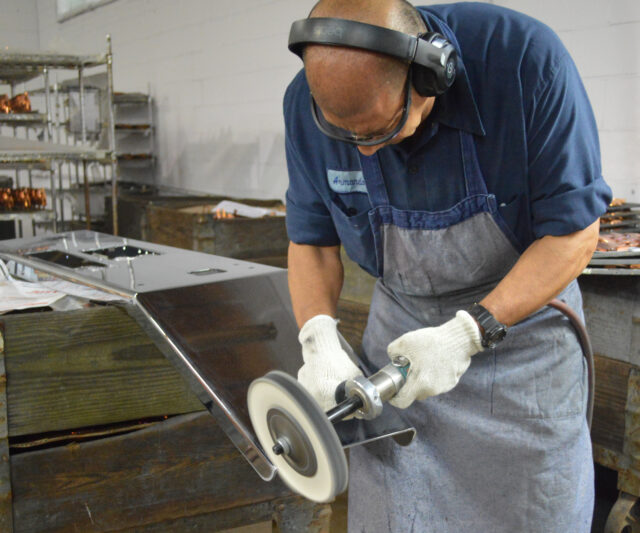
1. Turning
This is the processing technique most commonly used for cylindrical pieces of metal. The workpiece is typically mounted on a lathe while the lathe blade moves along the workpiece.
2. Milling
This machining technique is very similar to turning. It is typically used to make various grooves, gears, and threads.
3. Drilling
Drilling is typically used to make holes in a material. There are several different drilling techniques but all have in common the way the process takes place.
4. Cutting
One of the most commonly used processing techniques, which precedes all other techniques. Different types of cutting have been developed to give different results.
5. Polishing
As a rule, it is used after processing by particle separation, that is, after grinding – so that the metal surface is as rough as possible.
According to shinysmooth.com, various finishing machines for deburring and polishing – which work on the principle of centrifugation – are also widely used today. These machines will speed up the mass finishing process and thus make you big savings.
6. Grinding
In practice, it is applied as the final stage of processing. Today, numerous and different techniques have been developed that apply different tools and different machines.
7. Super Finish
It is used for processing various shapes of cylindrical surfaces with high accuracy and minimal roughness.
8. Forging
In the past, this was the most commonly used processing technique when it comes to metal. Hammers are used for making the shape of the metal by striking which the metal is shaped by the requirements.
9. Rolling
A technique in which a material is passed through a series of rollers to form it. It is most often used in the production of sheet metal, but also other materials.
10. Casting
This technique involves shaping the product by pouring molten material into molds. These molds are most often, made of sand – but can also be made out of other materials that can withstand high temperatures well.
New Technologies
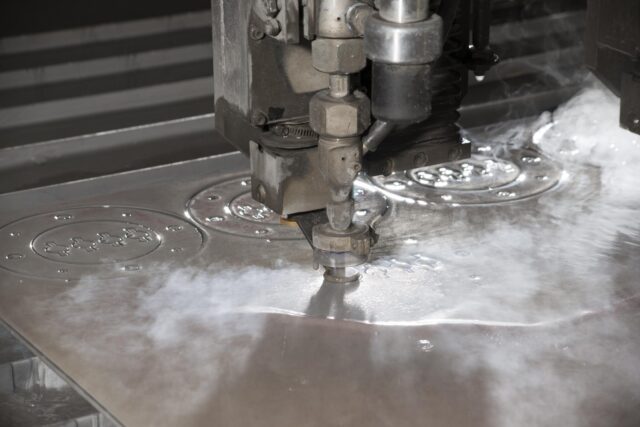
Water Jet Cutting
Water jet cutting ensures a quality cut without introducing heat into the material. The precise system of guiding or cutting with a water jet enables the achievement of maximum quality and precision with the maximum usability of the material. Cutting metal with water has many advantages:
- The material to be cut is not subject to heating
- Small cut width
- After cutting, there is no need for additional processing of the cut
- The material to be cut does not change its characteristics
Also, the known technologies used today are plasma cutting as well as autogenous (gas) cutting. These technologies facilitate work and mass finishing and speed up the work process. The machines are very precise, so the probabilities of making a mistake are very small. Therefore, it is not surprising that with the help of modern technologies in the mass finishing process – we use all possible advantages.






